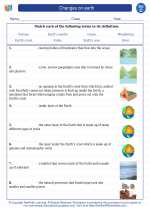Changes on earth -> resource extraction
Resource Extraction
Resource extraction is the process of obtaining natural resources from the Earth. These resources can include minerals, metals, fossil fuels, and other materials that are essential for human life and economic development.
Types of Resource Extraction
There are several methods of resource extraction, including:
- Mining: This involves the extraction of minerals and other geological materials from the earth, usually from an ore body, vein, or coal seam.
- Drilling: This method is used to extract fossil fuels such as oil and natural gas from underground reservoirs.
- Logging: Logging involves the cutting and removal of trees from forests for commercial use.
- Fishing: This method involves the capture of fish and other seafood from natural bodies of water.
Environmental Impact
Resource extraction can have significant environmental impacts, including habitat destruction, soil erosion, water pollution, and deforestation. It can also contribute to climate change through the release of greenhouse gases and the destruction of carbon sinks such as forests.
Study Guide
To understand resource extraction, it is important to study the following concepts:
- The different methods of resource extraction and their environmental impacts.
- The importance of sustainable resource extraction practices to minimize environmental damage.
- The role of government regulations and environmental policies in managing resource extraction activities.
- The ethical considerations surrounding resource extraction and its impact on indigenous communities and local ecosystems.
By studying these concepts, you will gain a comprehensive understanding of resource extraction and its significance in the modern world.
.◂Science Worksheets and Study Guides Third Grade. Changes on earth

 Activity Lesson
Activity Lesson
 Worksheet/Answer key
Worksheet/Answer key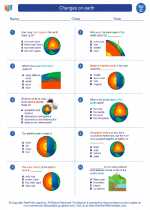
 Worksheet/Answer key
Worksheet/Answer key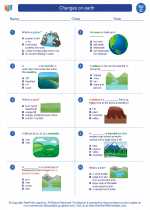
 Worksheet/Answer key
Worksheet/Answer key
 Worksheet/Answer key
Worksheet/Answer key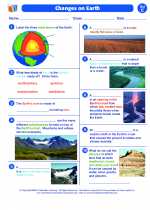
 Vocabulary/Answer key
Vocabulary/Answer key
 Vocabulary/Answer key
Vocabulary/Answer key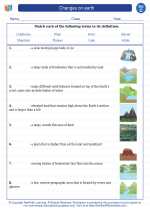
 Vocabulary/Answer key
Vocabulary/Answer key